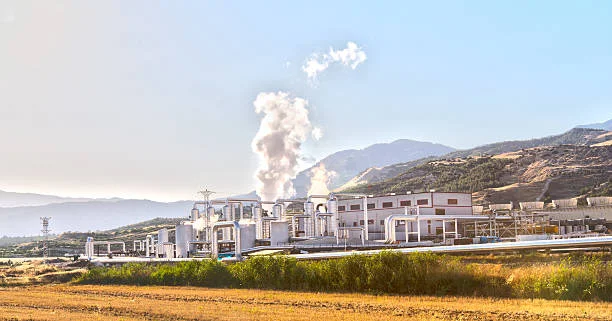Context:
Recently, the Supreme Court ruled with an 8:1 majority, that the term ‘intoxicating liquors‘ includes industrial alcohol, allowing states to regulate and tax it.
Key Highlights of Supreme Court ruling:
The case, referred to a nine-judge bench in 2007, concerns the interpretation of Section 18G of the Industries (Development and Regulation) Act, 1951(IDR Act), specifically whether states can regulate and impose excise duties on industrial alcohol.
- The ruling follows another 8:1 majority decision on July 25, which upheld the power of States to levy royalties on the extraction of minerals from their land, with Justice Nagarathna dissenting in that case as well.
Majority Opinion:
The Court overruled a 1990 decision that limited “intoxicating liquor” to only drinking alcohol, allowing states to include industrial alcohol in their regulations.
The court emphasized that terms in the Seventh Schedule should be interpreted broadly, including “incidental” and “ancillary” matters related to the entry.
The majority, led by Chief Justice D Y Chandrachud, held that broad interpretation to “intoxicating liquor” under Entry 8 of List II and stated that this entry regulates everything from raw materials to the consumption of intoxicating liquor.

- The ruling states that the term encompasses various aspects, including the production, manufacture, possession, transport, purchase, and sale of intoxicating liquors.
The majority opinion asserted that even beverages not traditionally seen as alcoholic may still be included if they cause intoxication.
The judgment explained that “intoxication” can also refer to poisoning, not just drunkenness.
- This suggests the entry aims to cover any liquor that affects health.
Dissenting Opinion:
- Justice Nagarathna argued that the key factor should be the nature of the product being consumed.
- She noted that just because industrial alcohol can be misused to make a drink that causes intoxication, it doesn’t mean that ‘Entry 8 of the state list’ should include industrial alcohol itself.
- She believed that allowing states to regulate industrial alcohol could lead to misuse.
- She stated that there was no framework in the Industries Act for states to control industrial alcohol and emphasized that this product should remain under Union control.
What was the Debate about?
The main question was, whether the industries (Development and Regulation) Act, of 1951 gave complete regulatory power to the Union on the subject of industrial alcohol.
The core question was whether states have the authority to regulate industrial alcohol or if this power lies solely with the Centre.
- In other words, whether “intoxicating liquor” can be defined to also include “industrial alcohol”.
The core of the dispute arises from two “overlapping” entries in the Seventh Schedule of the Constitution, which lays down the division of lawmaking powers between the Centre and the states.
Constitutional and legal provisions involved in the case:
State List (Entry 8): This allows state governments to make laws regarding the production and sale of intoxicating liquors.
Union List (Entry 52): This gives Parliament the power to legislate on industries that are important for the public interest.
Concurrent List (Entry 33): Both states and the Centre can legislate on certain subjects, but state laws cannot conflict with central laws.
Industries (Development and Regulation) Act, 1951 (IDRA): Alcohol and other products of fermentation industries that deal with non-potable (non-drinkable) alcohol are included in this act.
- It is a law passed by Parliament and according to the center it “occupied the field” when it comes to industrial alcohol, and states could not regulate the subject.

